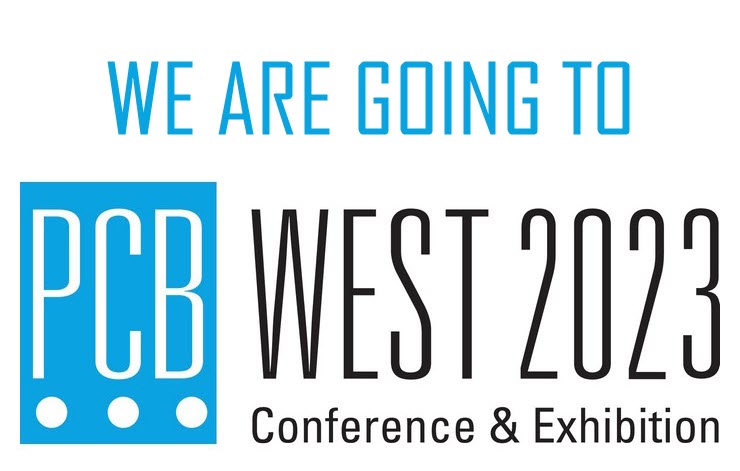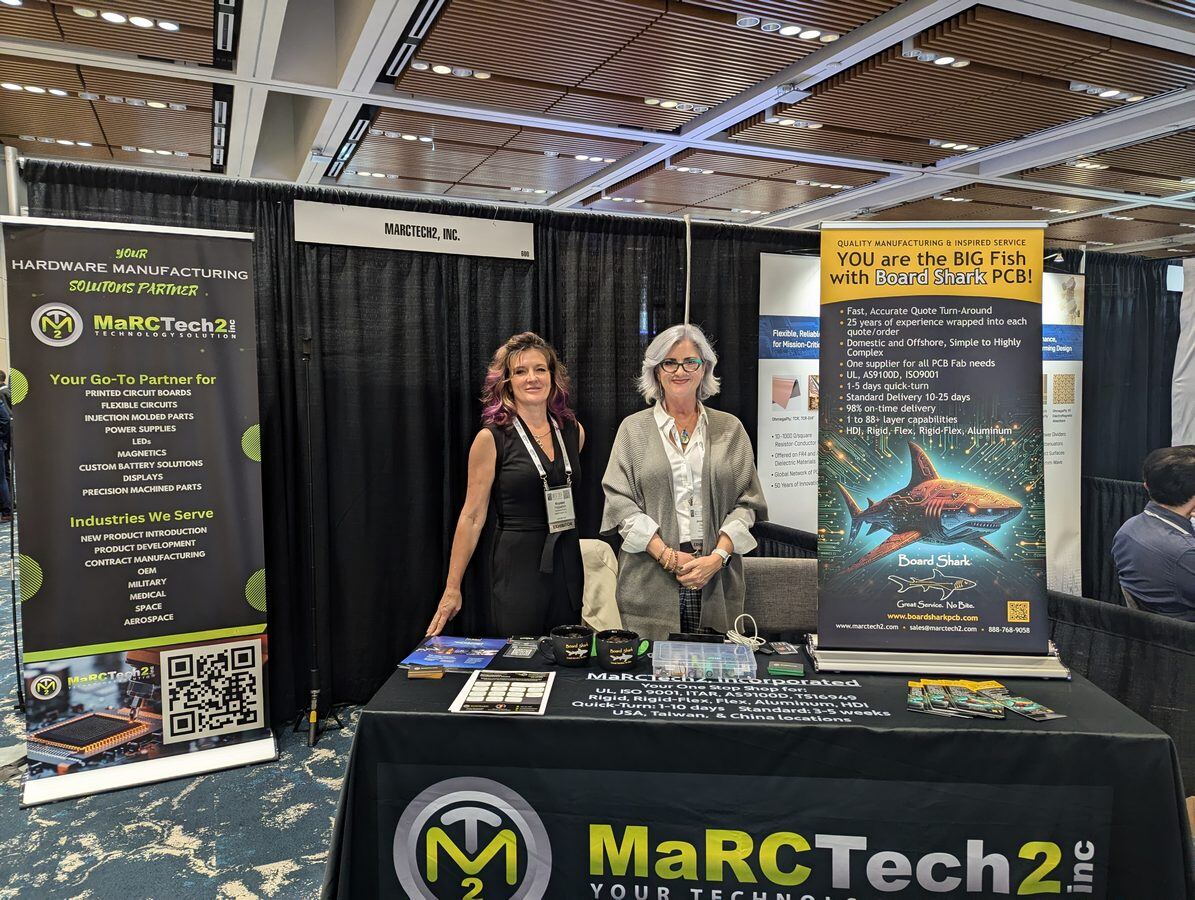
The Lurking Threats to PCB Perfection: In the intricate world of printed circuit board (PCB) manufacturing, even the slightest flaw can have catastrophic consequences. From mission-critical aerospace systems to cutting-edge consumer electronics, the integrity of these tiny circuit boards is paramount.
 Yet, despite the industry's relentless pursuit of perfection, a myriad of insidious manufacturing problems lurk in the shadows, threatening to undermine the reliability and functionality of these essential components. Soldering defects, copper slivers, missing solder masks, and acid traps are just a few of the formidable foes that PCB manufacturers must vigilantly combat.
Yet, despite the industry's relentless pursuit of perfection, a myriad of insidious manufacturing problems lurk in the shadows, threatening to undermine the reliability and functionality of these essential components. Soldering defects, copper slivers, missing solder masks, and acid traps are just a few of the formidable foes that PCB manufacturers must vigilantly combat.
Failure to address these issues can lead to disastrous outcomes, ranging from premature component failure to potentially life-threatening malfunctions. As technology continues to push the boundaries of miniaturization and complexity, the challenges faced by PCB manufacturers only intensify, making the battle against these manufacturing gremlins an ever-more-crucial endeavor.
The biggest PCB manufacturing problems include:
Copper is too close to board edges.
If there isn't enough edge clearance, copper can corrode. If the copper layer is too close to the edge when trimming the PCB, it can get exposed leading to issues like shorts, corrosion, and electrical shocks. Ensuring proper copper-to-edge clearance as per standards is crucial.
Soldering defects.
Poor solder joint quality can lead to unreliable connections and premature component failure. Rigorous quality control measures, advanced soldering techniques, and adhering to industry standards are essential for robust solder joints.
Slivers.
Minute slivers of copper or other materials between traces can cause short circuits or signal interference. Precision manufacturing methods like laser cutting and high-precision etching help minimize slivers.
Missing solder masks.
Absence of solder masks can result in bridging between solder joints, compromising functionality. Careful application of solder masks and automated inspection systems are vital.
Acid traps.
Etching solutions trapped during manufacturing can lead to uneven copper traces or structural issues. Effective rinsing and quality control processes mitigate acid traps.
Starved thermals.
Voids between thermals (traces around pads) and pads/planes can reduce heat dissipation effectiveness, causing overheating. Replacing affected thermals is the best solution.
Asymmetric board stackups.
Uneven copper distribution can cause warping during fabrication and assembly due to heat. Balancing copper fills on bare areas prevents this issue.
Design for manufacturability (DFM) issues.
Intricate designs posing component placement or thermal management difficulties can hinder efficient production. Incorporating DFM principles early in the design phase optimizes manufacturability.
THE SOLUTIONS:
 Fortunately, Board Shark PCB has a history of collaborating and implementing stringent quality control and adhering to best practices to avoid or troubleshoot these common PCB manufacturing problems. Board Shark PCB knows well what is necessary. Examples of how they avoid the PCB manufacturing problems include:
Fortunately, Board Shark PCB has a history of collaborating and implementing stringent quality control and adhering to best practices to avoid or troubleshoot these common PCB manufacturing problems. Board Shark PCB knows well what is necessary. Examples of how they avoid the PCB manufacturing problems include:
Design for Manufacturability (DFM)
Incorporating DFM principles early in the design phase can help optimize manufacturability and avoid issues like component placement difficulties, thermal management challenges, and intricate designs posing production bottlenecks. Collaborating between designers and manufacturers on DFM checks is crucial.
Rigorous Quality Control
Implementing stringent quality control measures is vital for addressing issues like:
- Soldering defects: Visual inspections, automated testing, and adhering to soldering standards ensure robust solder joints.
- Missing solder masks: Careful solder mask application and automated inspection systems prevent bridging between joints.
- Slivers: Precision manufacturing methods like laser cutting and high-precision etching minimize slivers between traces.
- Acid traps: Effective rinsing and quality control processes mitigate acid traps during etching.
Advanced Manufacturing Techniques
Utilizing advanced techniques can help overcome certain challenges:
- Starved thermals: Replacing affected thermals is the best solution for voids between thermals and pads/planes.
- BGA spacing issues: Precision BGA component placement and advanced soldering techniques ensure reliable BGA connections.
Material Selection and Treatment
- Proper laminate material selection, ensuring sufficient resin wet-out of glass fibers, and optimizing desmear parameters can prevent copper wicking above 2.0 mil.
-
 Choosing appropriate pre-preg materials is crucial for accurate laser drilling in HDI PCBs.
Choosing appropriate pre-preg materials is crucial for accurate laser drilling in HDI PCBs. - Exploring new composite materials like biodegradable polymers can enable sustainable, recyclable PCB manufacturing.
Process Optimization
- Optimizing drilling operations (feed and speed), cleaning processes, and plating parameters can address issues like separations between plating layers and internal annular ring defects.
- Effective and consistent drilling, desmear, and electroless copper processes minimize inner layer separations and inclusions.
Reputable Manufacturer
Collaborating with an experienced, reputable PCB manufacturer is a high priority. Board Shark PCB ensures best practices, stringent quality control, and state-of-the-art facilities which can help avoid or troubleshoot many common manufacturing issues. By adopting these solutions, Board Shark PCB mitigates risks, enhances product quality, and ensures reliable PCB performance across diverse applications.





